Kameron Sears is a talented iPhone photographer who captures wonderful urban landscape scenes in his home city of Chicago. With a keen eye for symmetry and leading lines, Kameron makes the most of the city’s architecture, train tracks and iconic skylines. In this interview you’ll learn more about Kameron and how he takes such incredible photos with his iPhone.
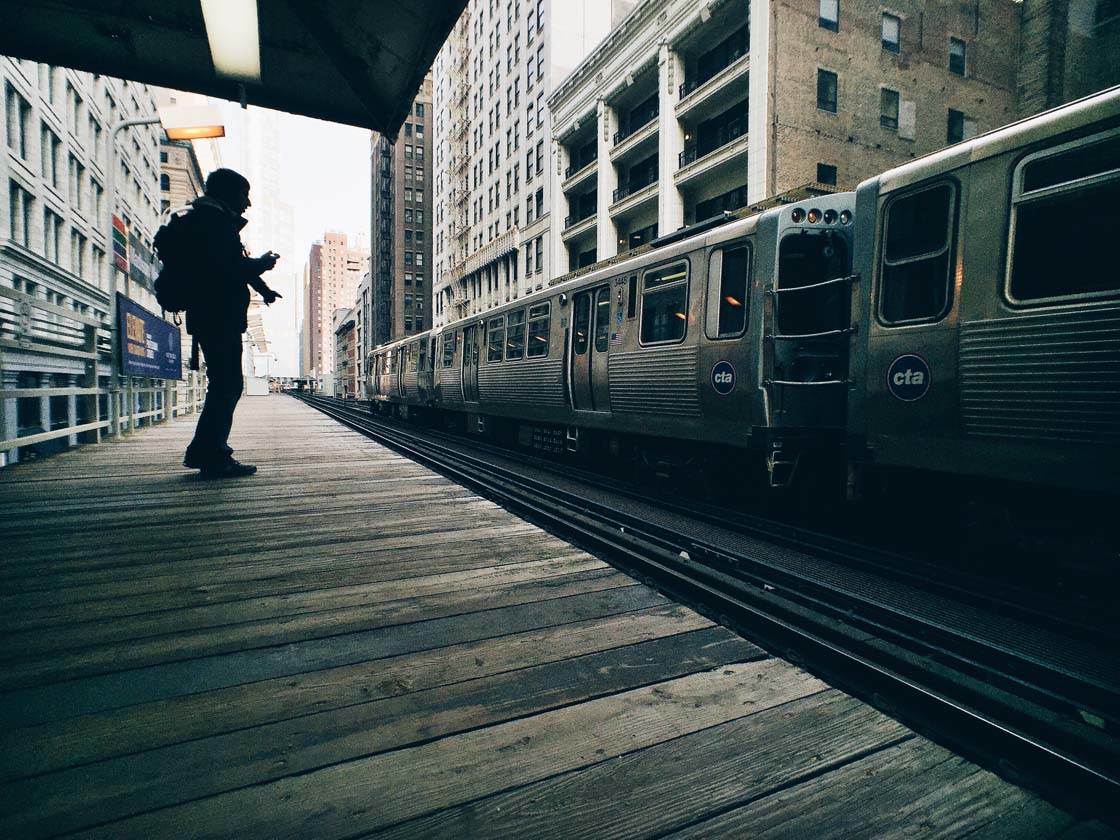
Tell us a little bit about yourself.
I was born and raised in the south suburbs of Chicago. I went to school in St. Augustine where I received my Bachelors in Graphic Design. I’m currently working as a freelance designer in Chicago.
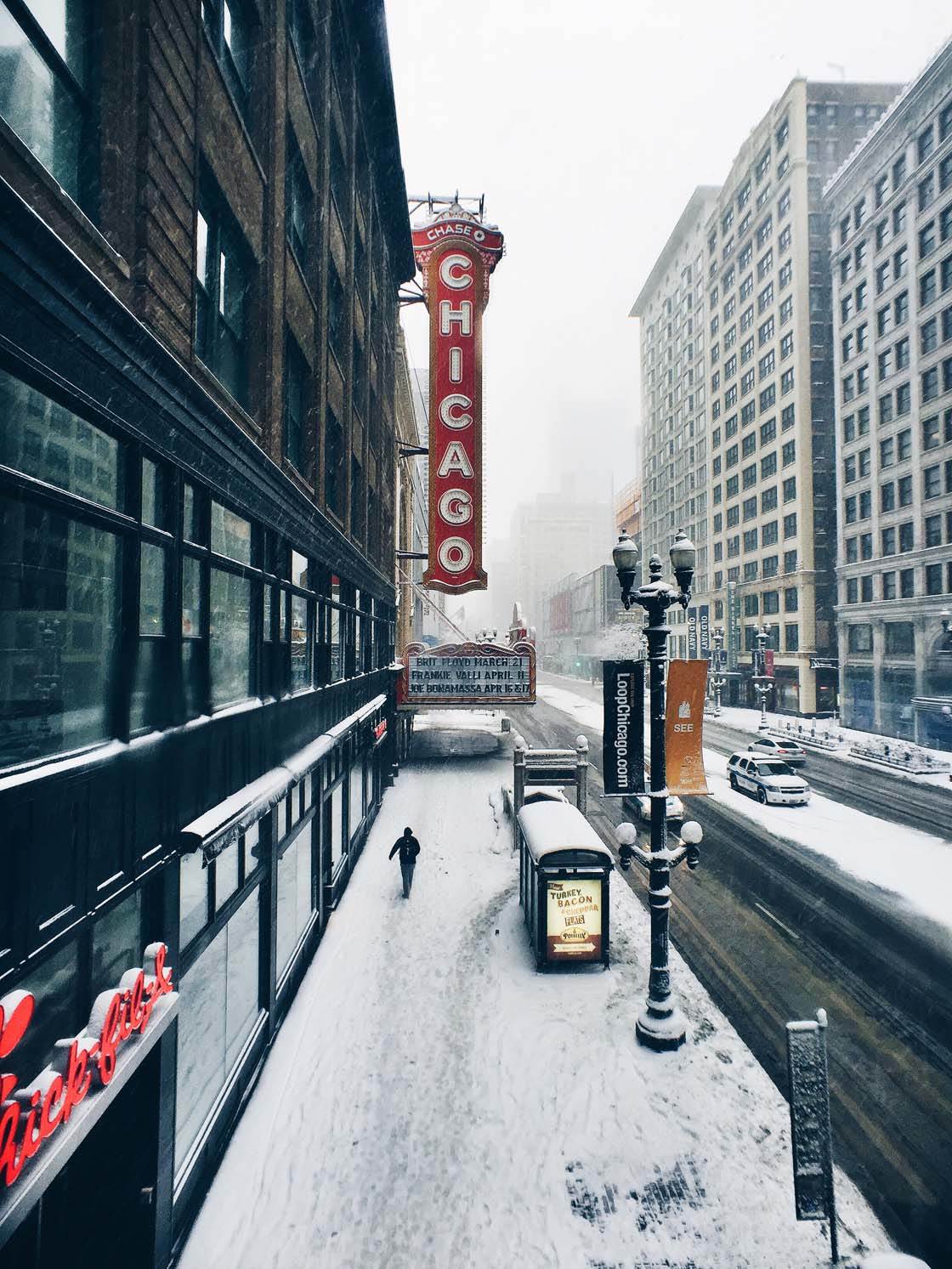
How did your iPhone photography journey begin?
I first downloaded the Instagram app while I was attending college in Florida. I immediately started finding people who shot in Chicago, and from there I was hooked. I didn’t start shooting seriously until I moved back to Chicago in April 2013.
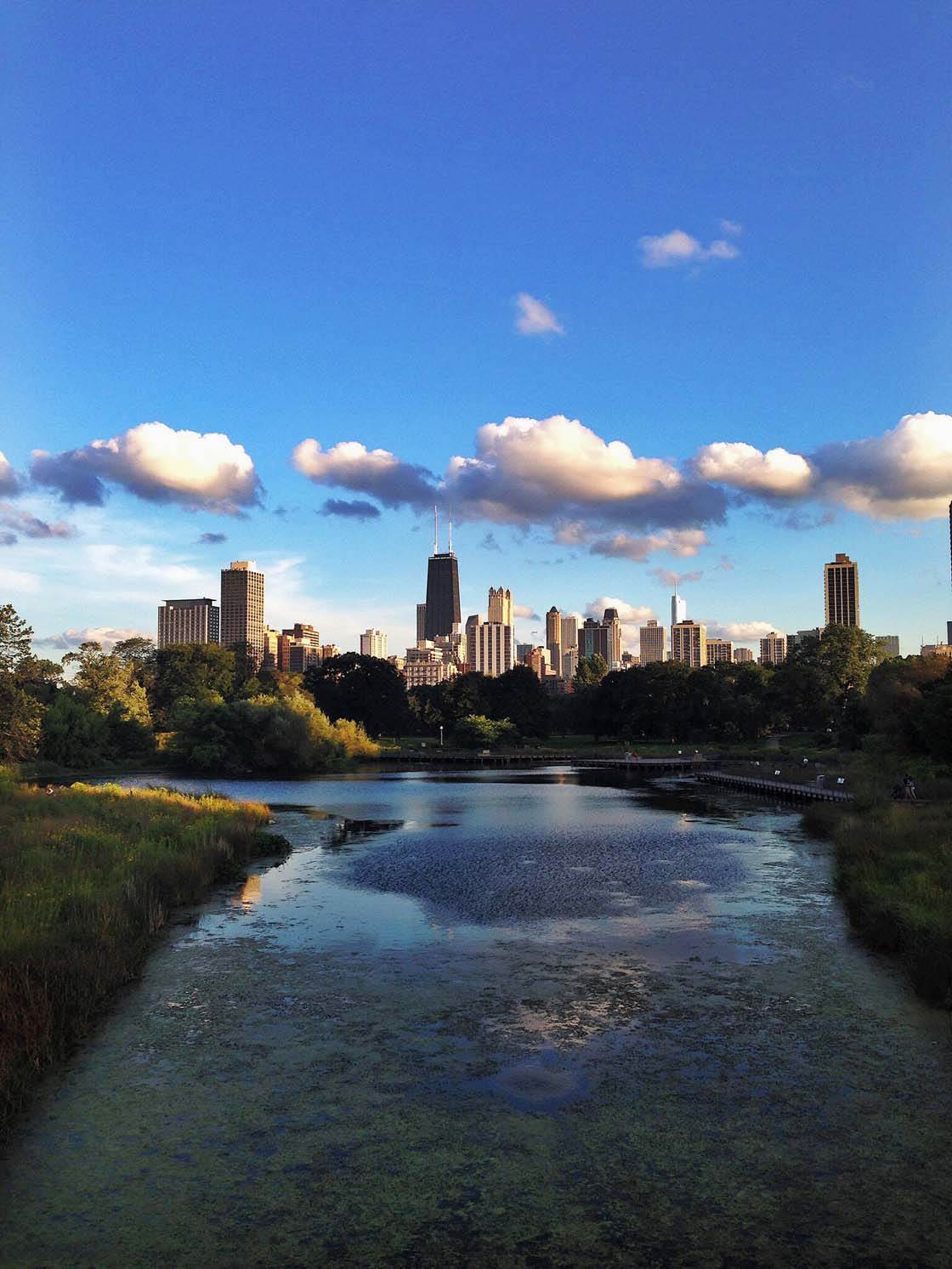
What inspires you to take photos with the iPhone?
My biggest inspiration is literally the city of Chicago, and other Instagrammers. The variety of architecture in Chicago is unbeatable.
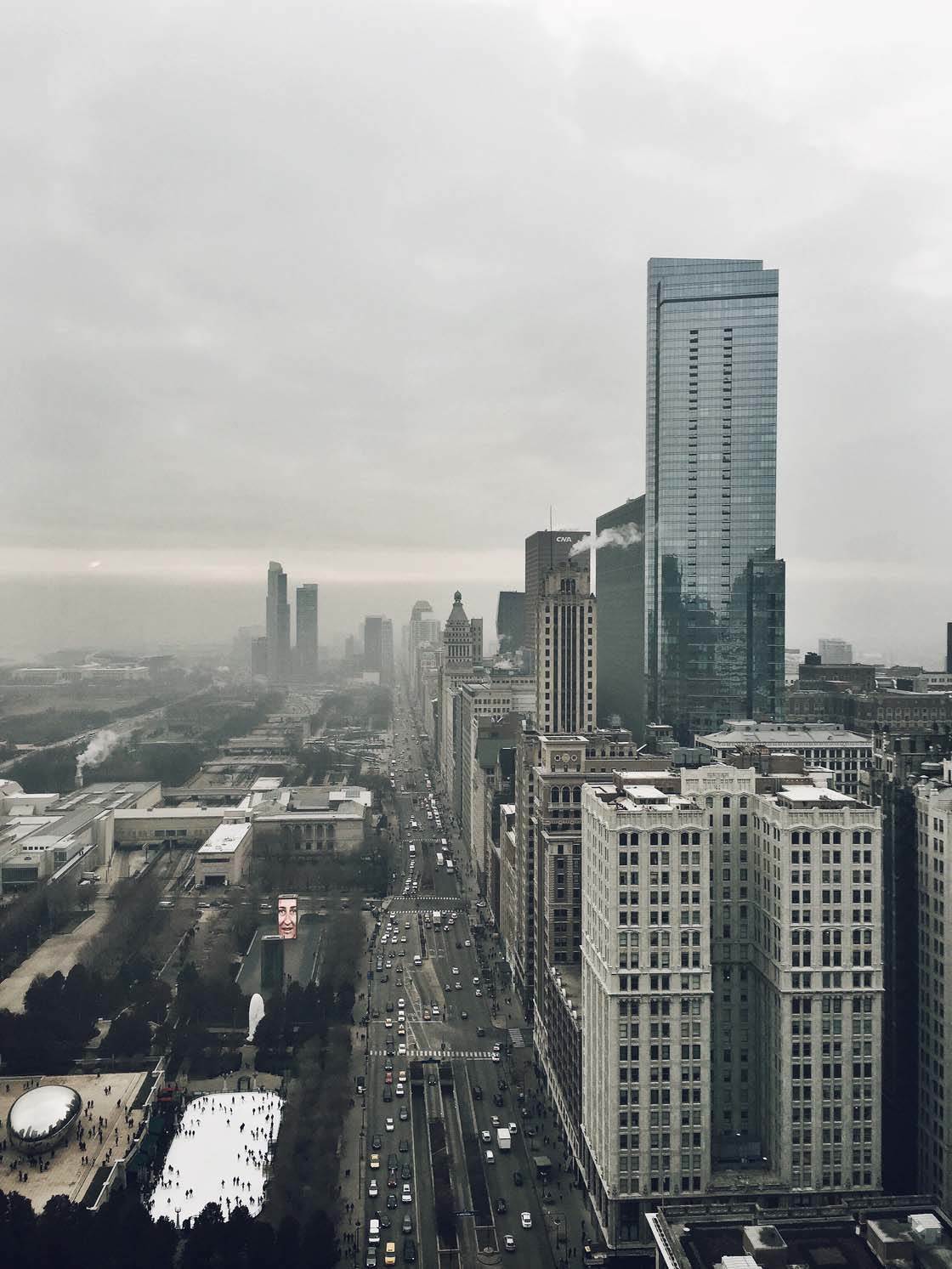
The elevated train system, also know as “The L,” is always fun to shoot, and I’m constantly finding inspiration from other Instagrammers that I follow.
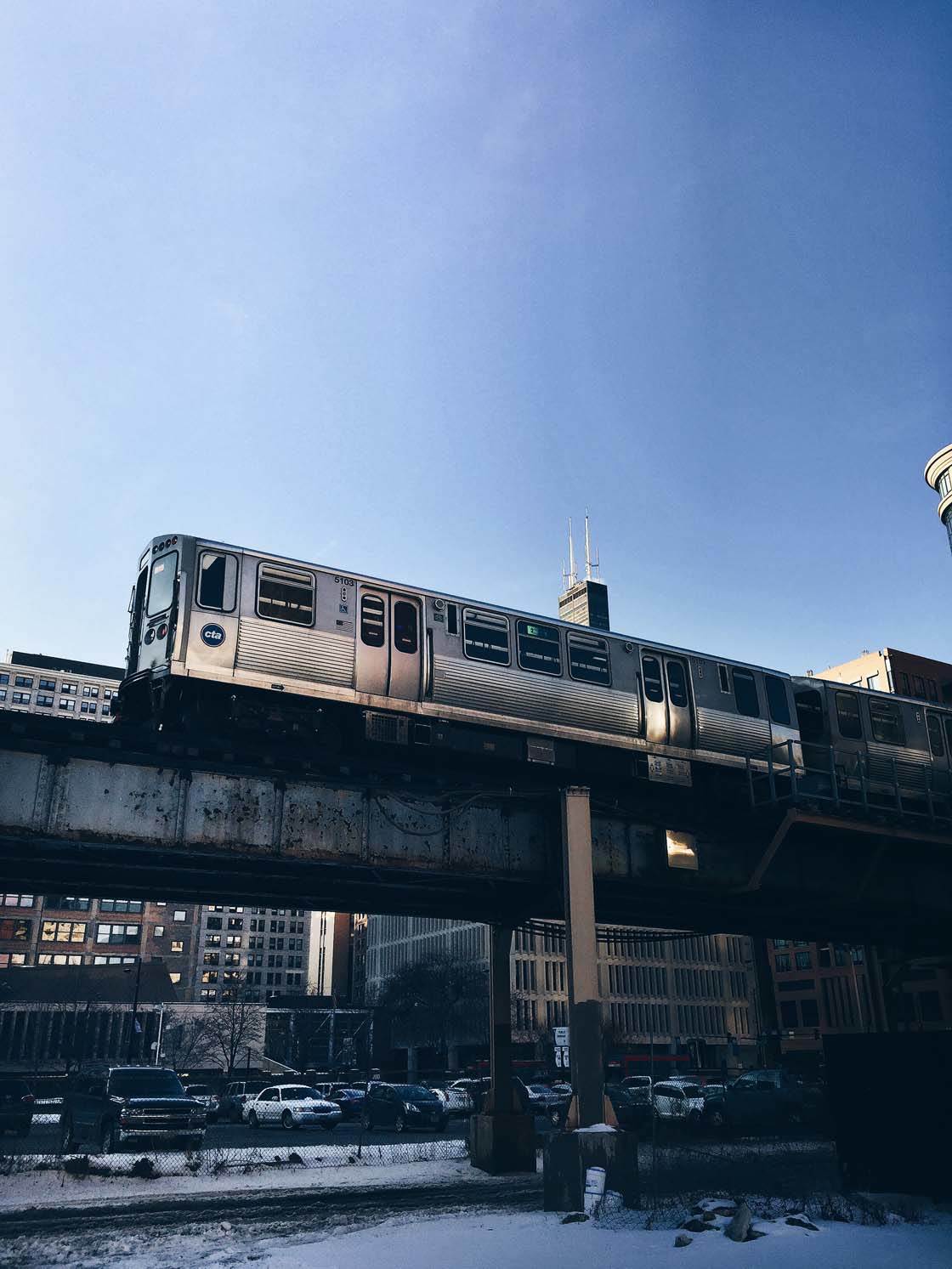
You mainly focus on taking photos of architecture and urban landscapes. What draws you to this kind of photography?
I’ve been into architecture and big urban cities since I was a kid. There’s always so much going on. It’s nearly impossible to run out of areas to explore and things to shoot.
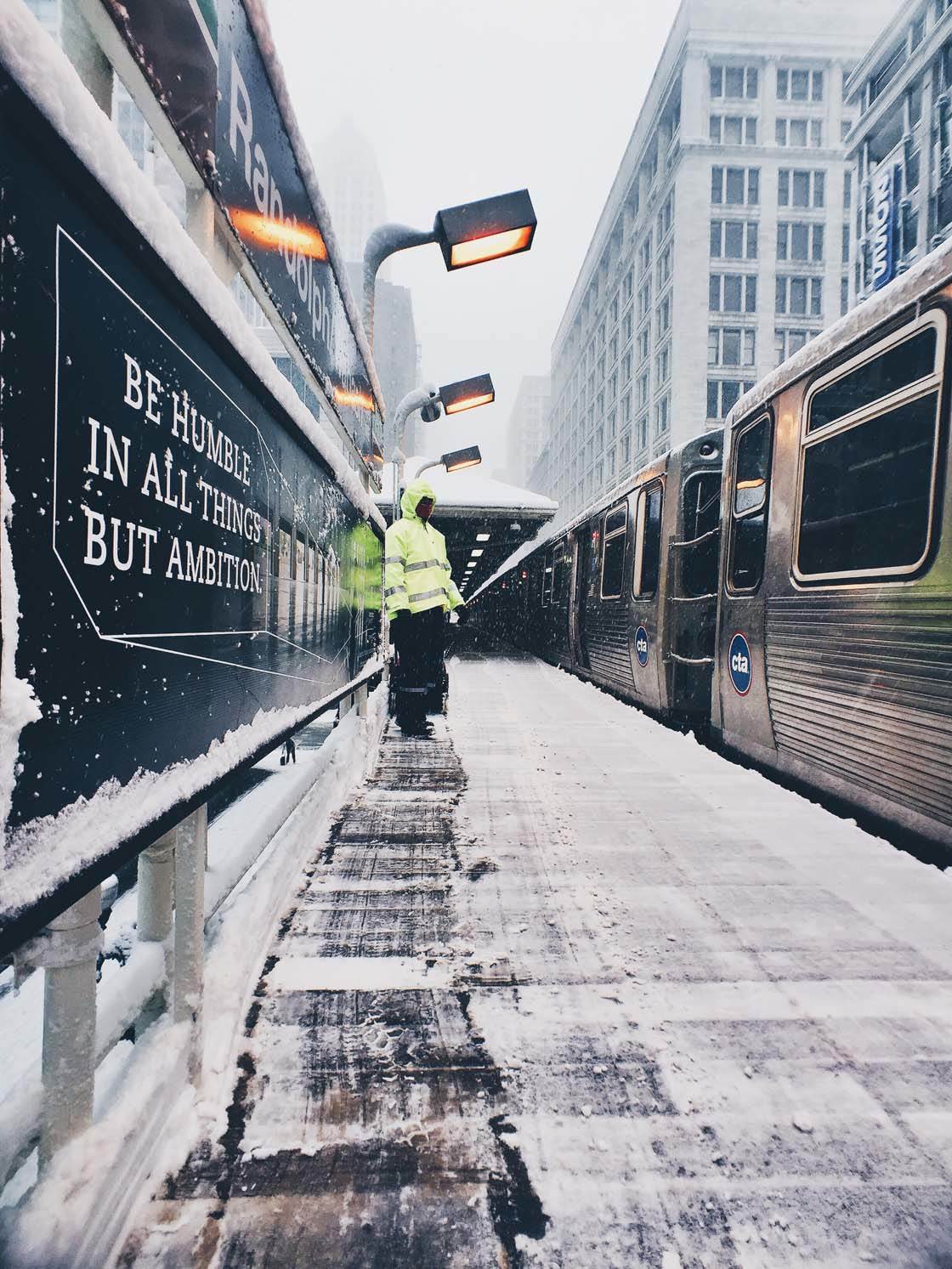
Buildings are all around us, but many people struggle to take good photos of them. What tips do you have for iPhone photographers who want to start taking more interesting photos of architecture?
Constantly be looking up. When I first started shooting, all I posted was lookups. They were fairly basic compared to what I shoot now.
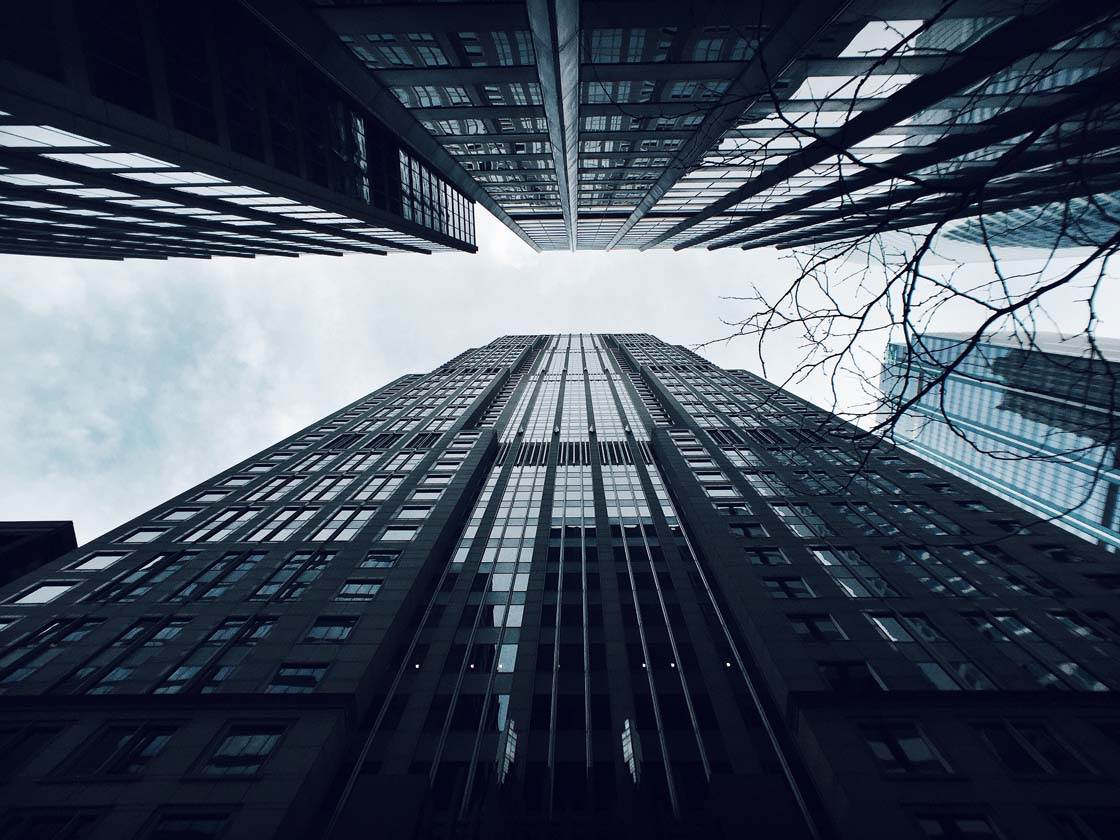
I feel like people pass by potentially amazing shots all the time because they simply aren’t looking up at the amazing structures around them.
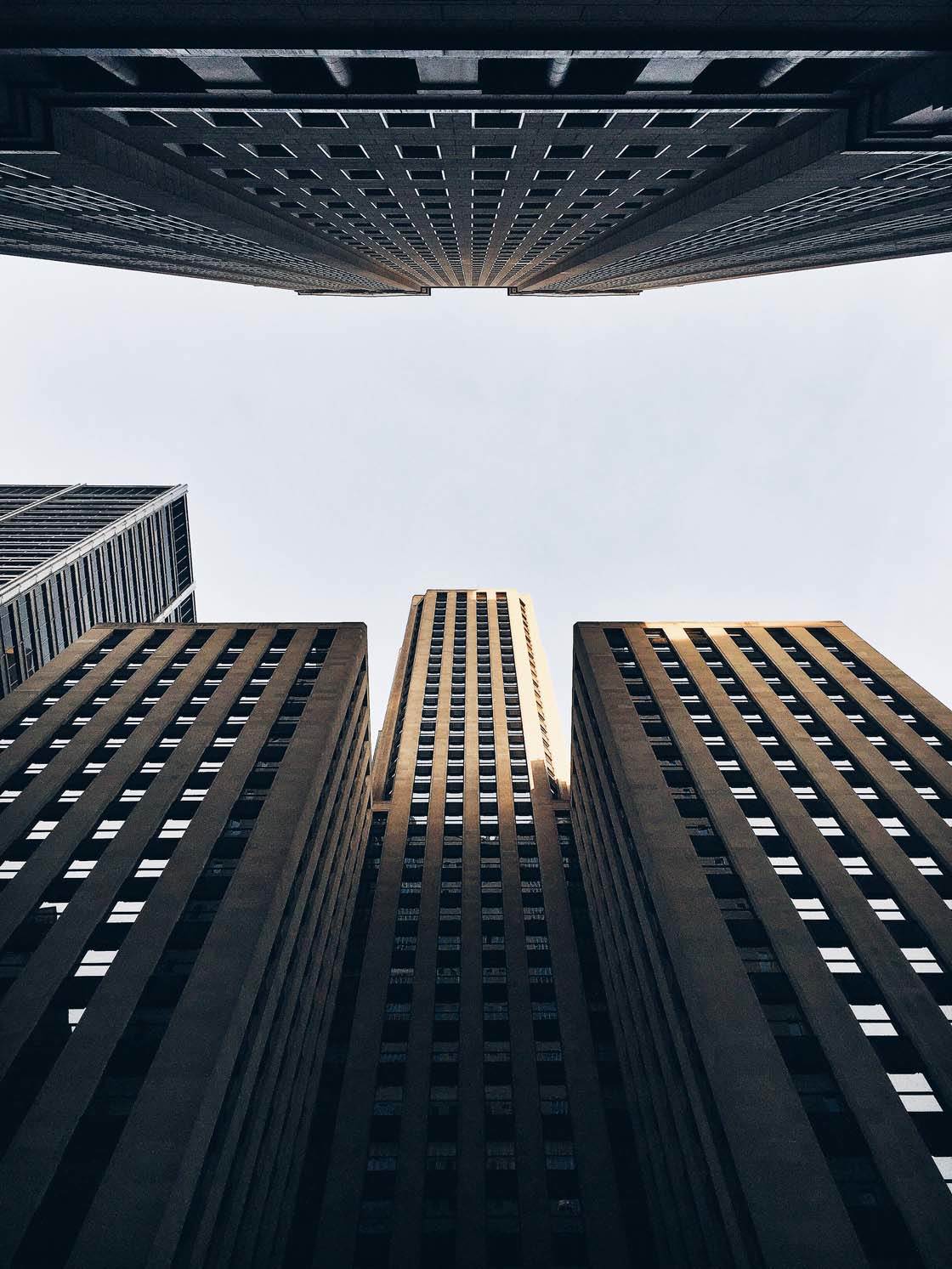
I also recommend taking as many shots as possible. It’s a basic tip but one of the most useful in my opinion.
Your Instagram feed demonstrates that you have an excellent eye for strong composition. Which composition techniques would you say are the most important in urban landscape photography?
I personally always try to look for symmetry and leading lines in my shots. Symmetrical shots give a great sense of balance. Leading lines are great if they lead to a subject or object.
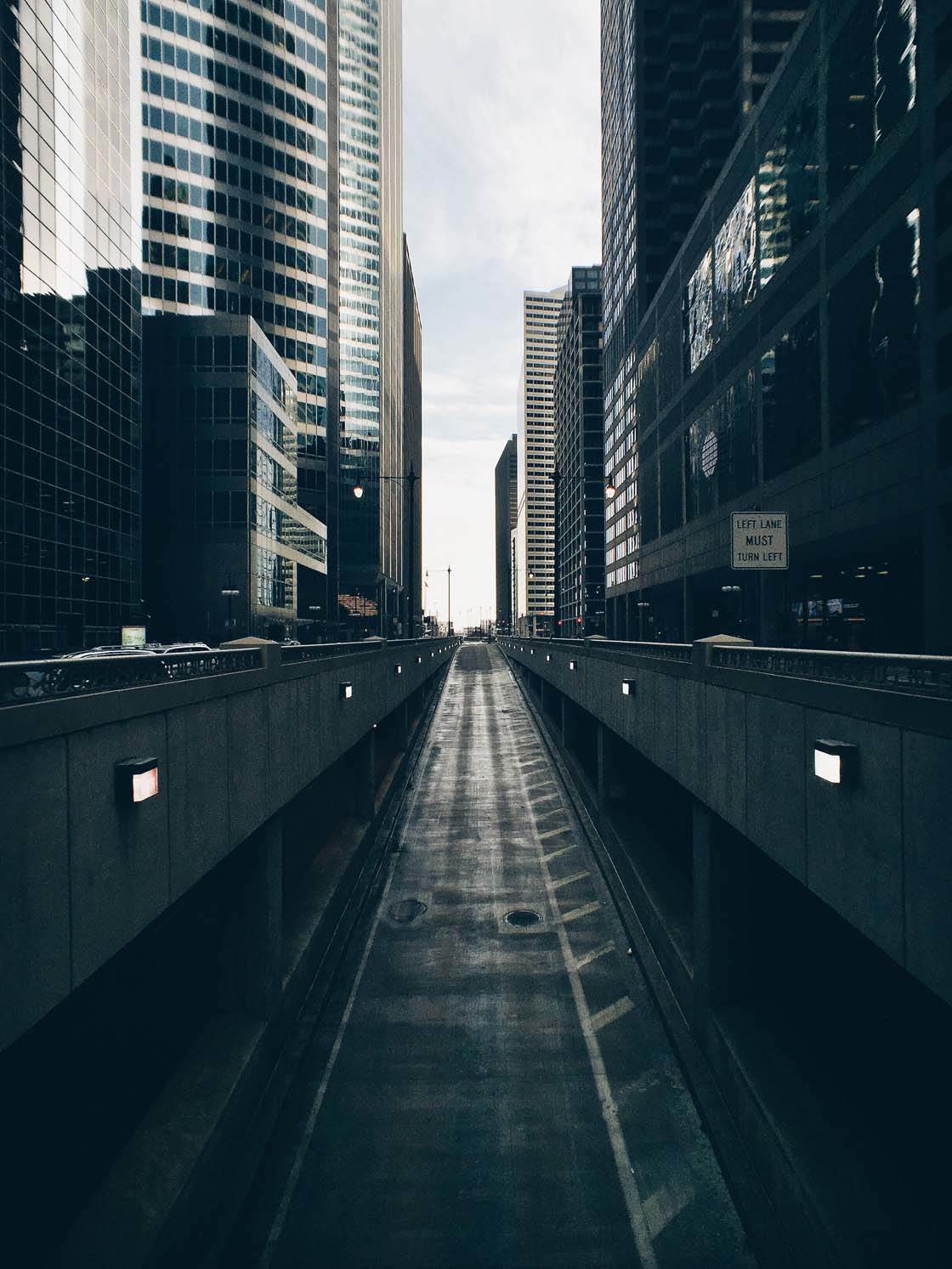
I’ve been trying to stick to the rule of thirds more often when I’m shooting, but for the most part I keep my subjects centered.
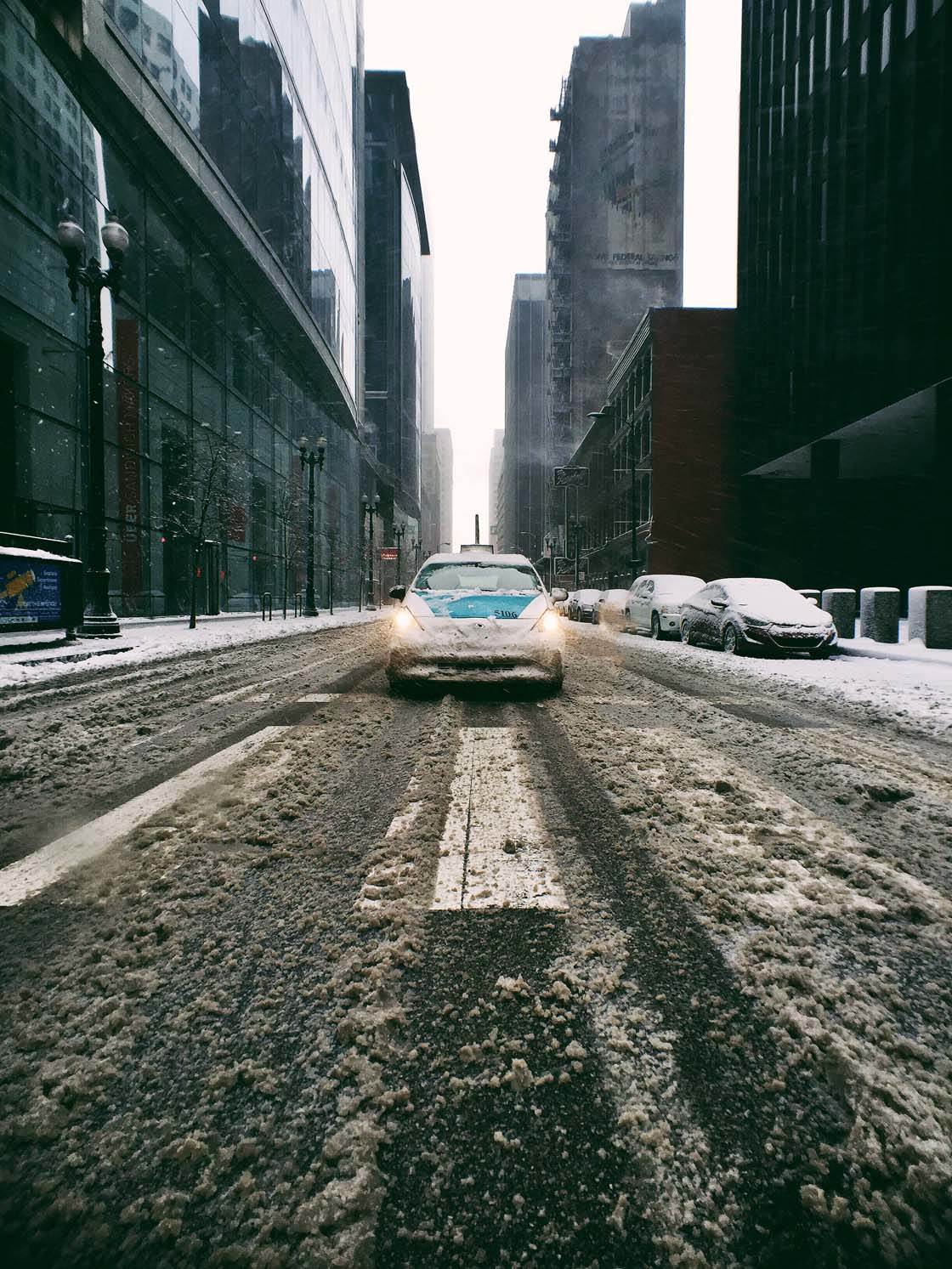
Let’s talk about photo apps. Are there any apps that you use for taking photos besides the native camera app?
I typically shoot with the native camera app on the iPhone. At night I’ve recently started using Cortex Cam.
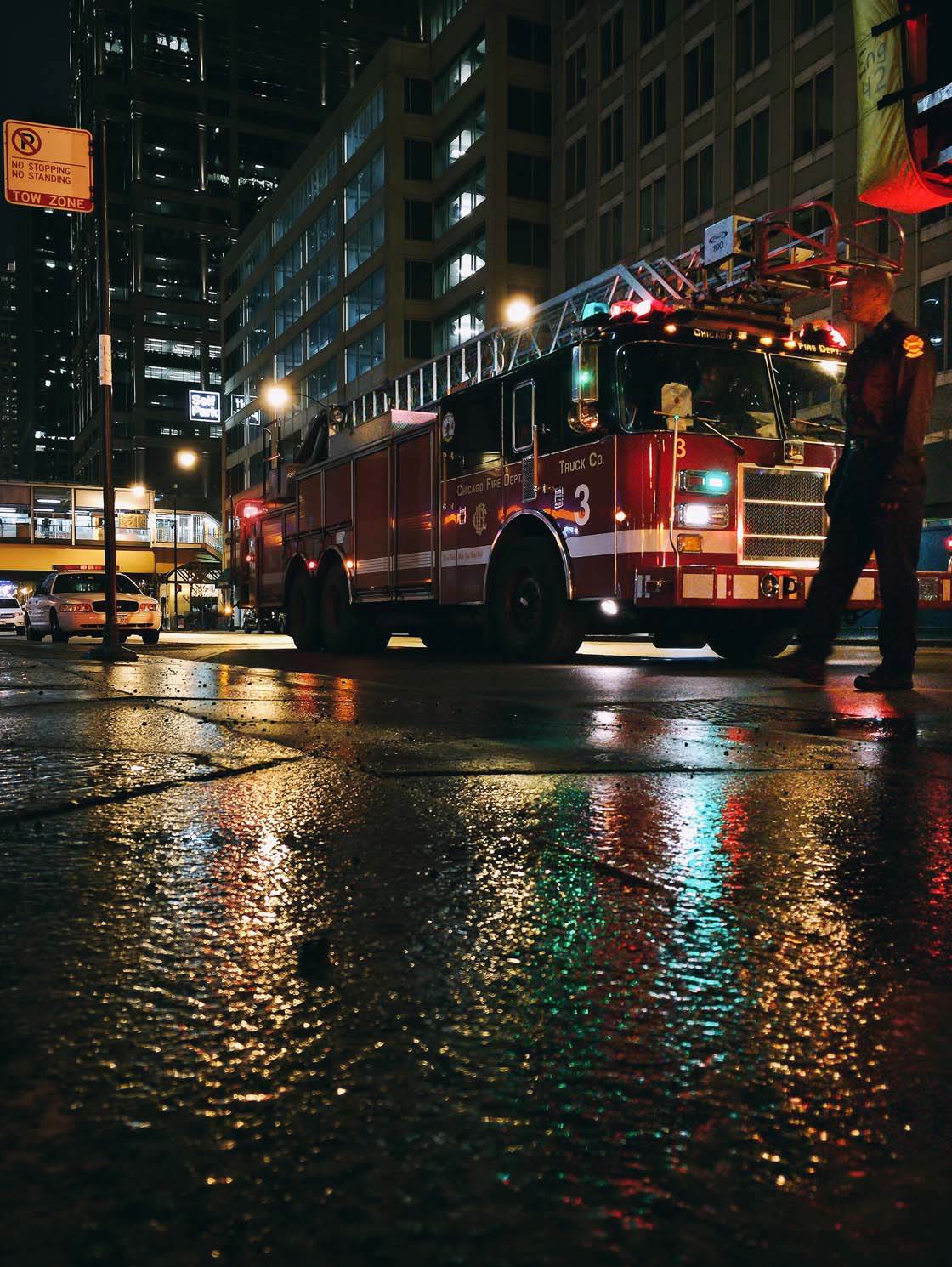
I wish I’d discovered it sooner because it’s excellent for shooting at night and in low light situations. Every now and then I’ll use Average Camera Pro for light trials and motion blur.
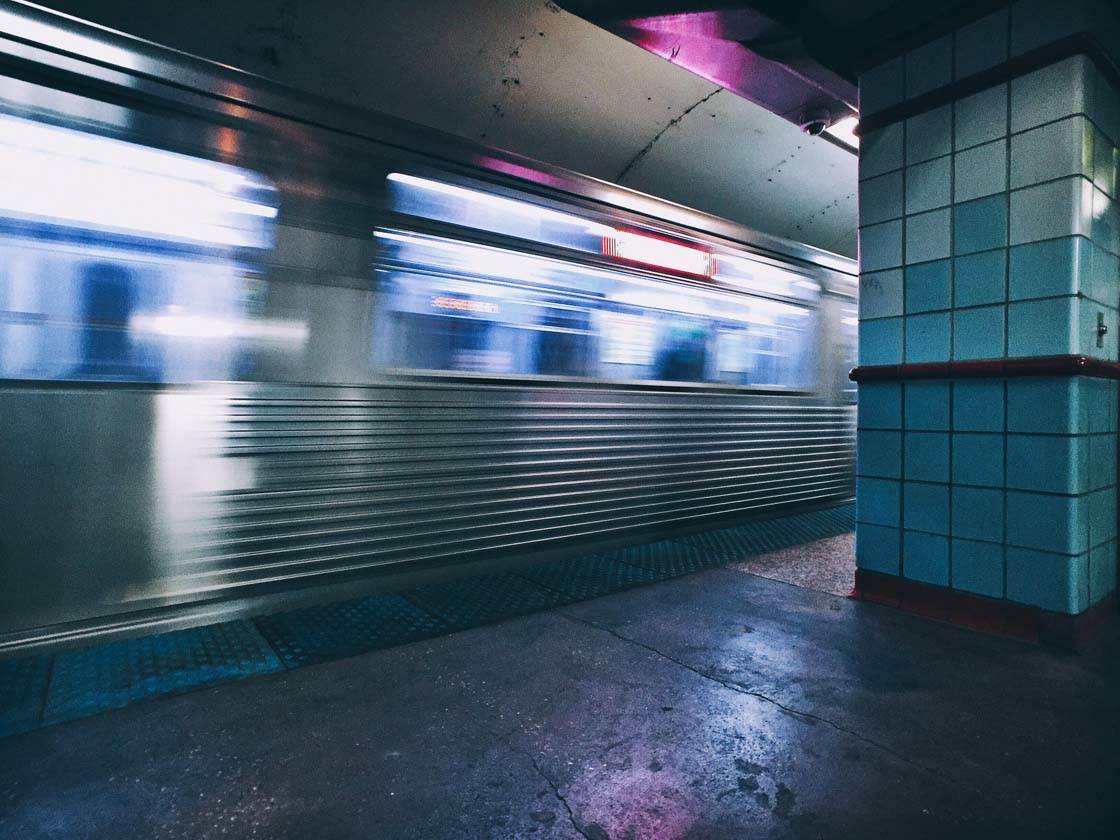
What are your favorite apps for post-processing?
My go to apps for editing are Afterlight and VSCO Cam. Occasionally I’ll use Snapseed (check out our Snapseed tutorial), but I personally prefer Afterlight.
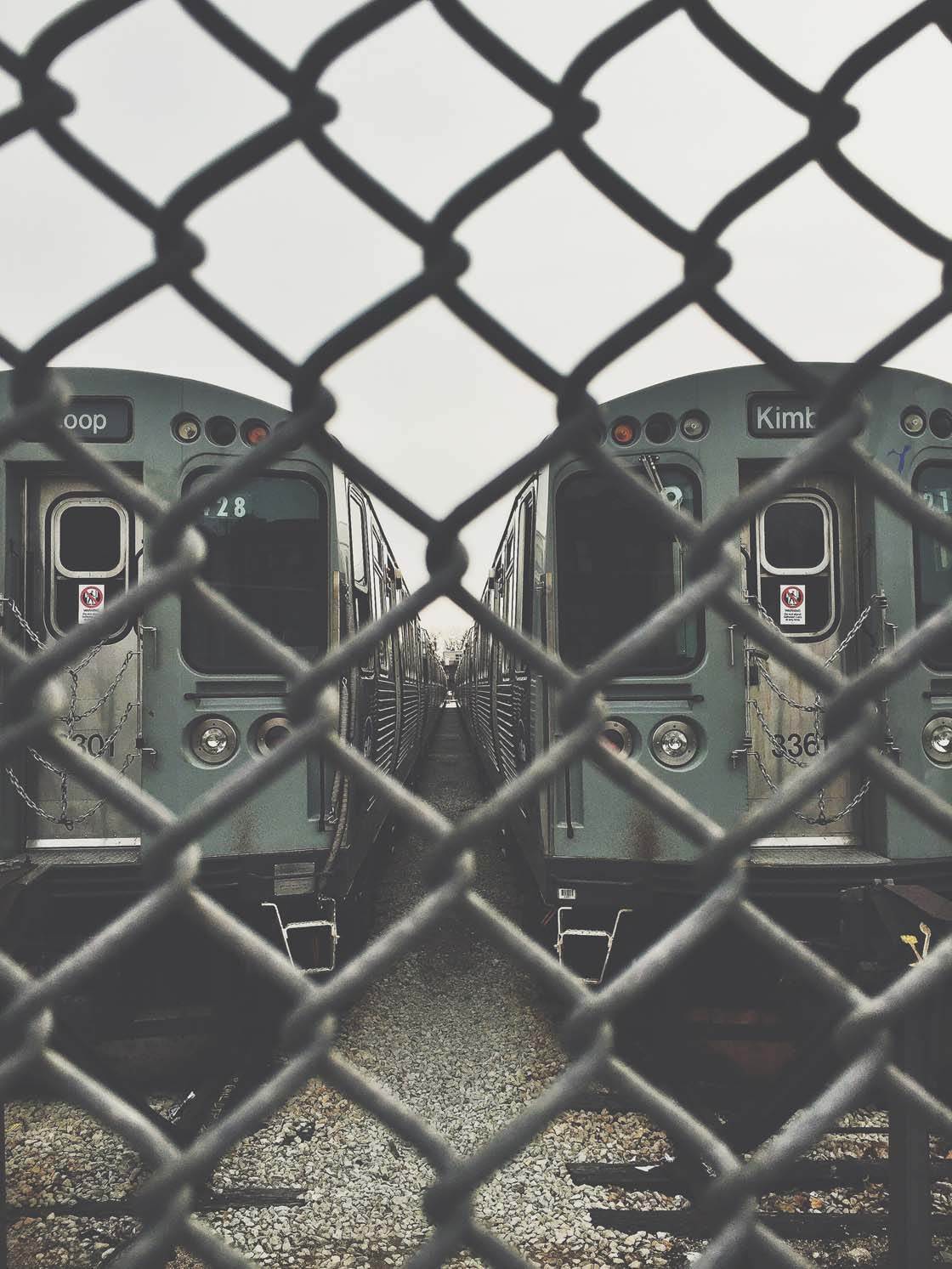
Do you use any iPhone photography accessories? If so, would you recommend that people buy them?
I have a GorillaPod for long exposure photography, and I recently purchased a Moment wide angle lens (check out our article on Moment lenses). It’s the best accessory I’ve bought to date. I highly recommend it to any iPhone shooter – it’s a game changer.
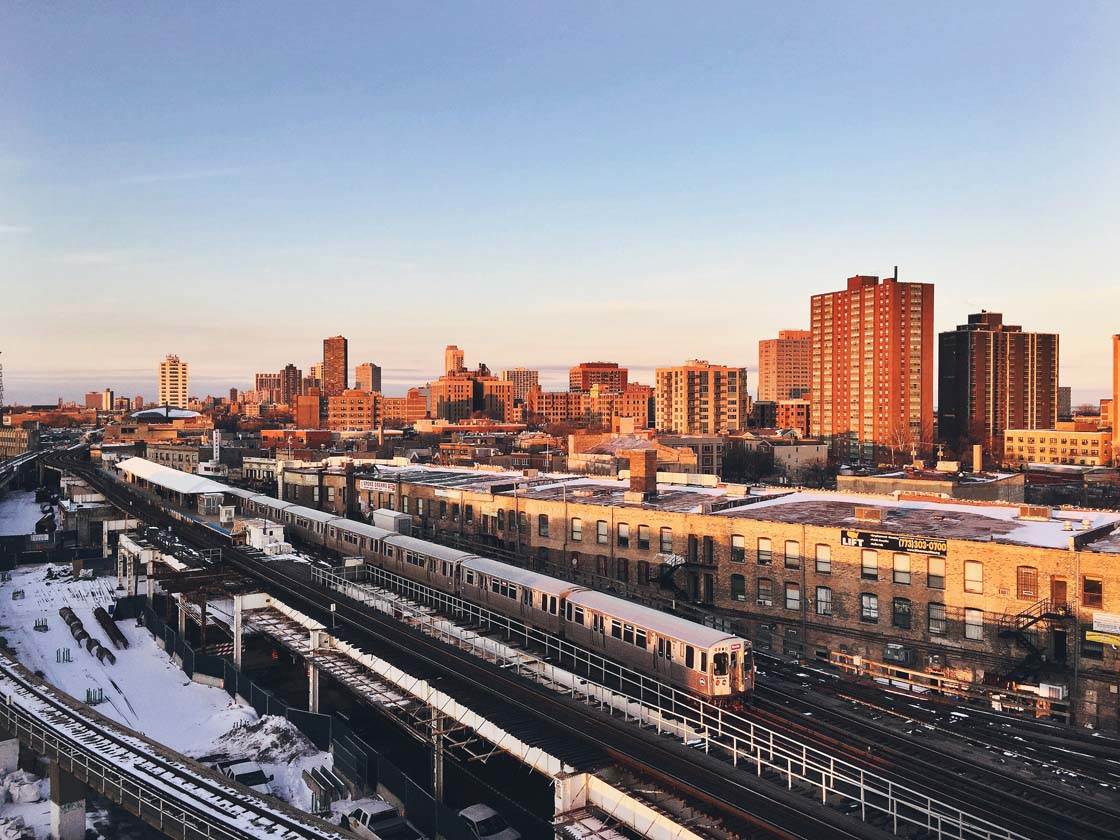
Can you briefly explain the story and editing process behind your three favorite iPhone photos?
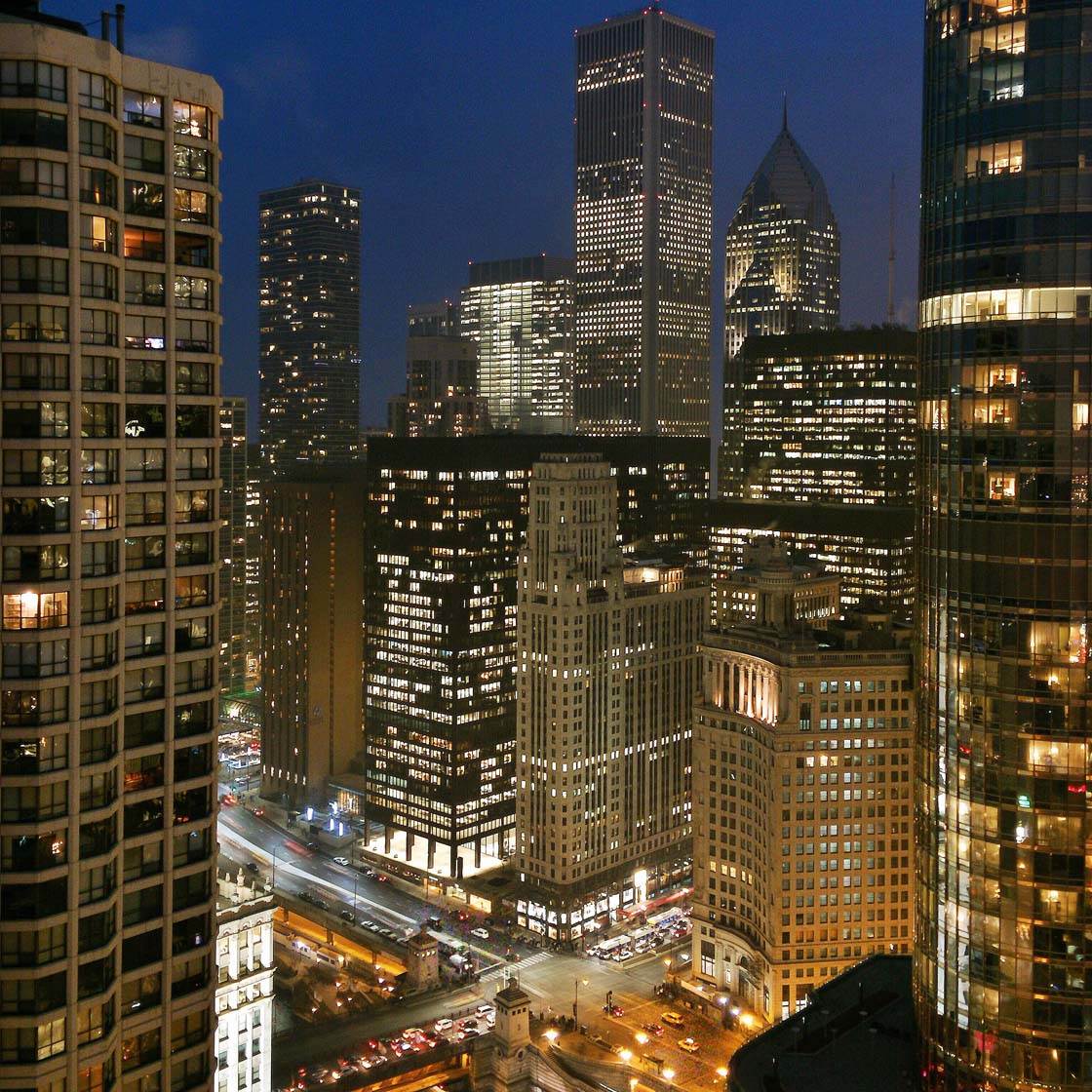
This shot was taken while on a roof in the heart of Chicago. It was just past sunset and I wanted to try out the Cortex Cam app for the first time.
I was so happy with the results from using the app that I hardly had to edit this shot. I simply ran it through Afterlight to make some very minor adjustments and that was it.
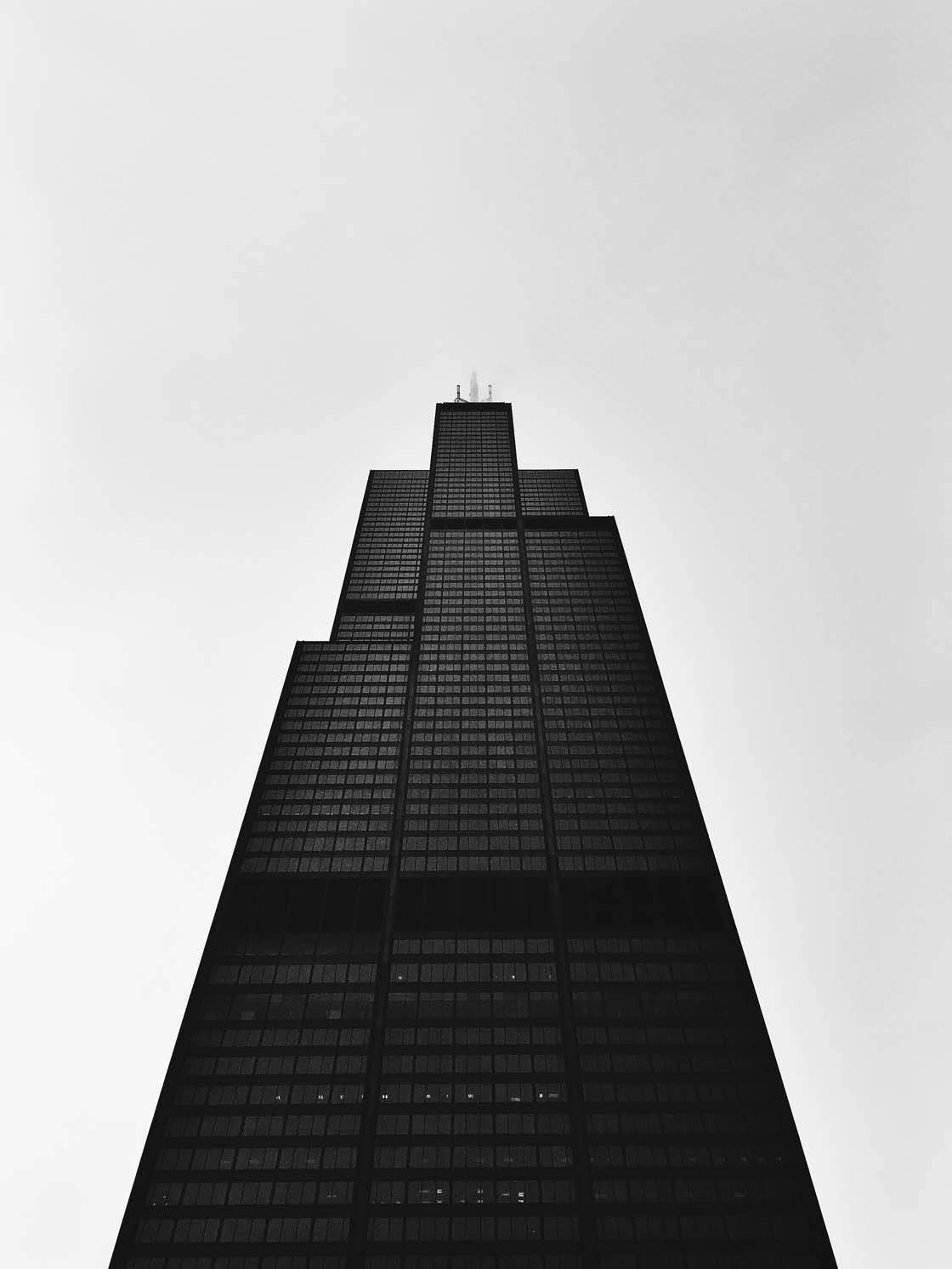
This shot is a lookup of the iconic Sears Tower. It was a grey day, so after editing it in Afterlight I brought it into VSCO Cam and applied a black and white filter.
I felt like doing something different that day so I raised the brightness nearly all the way up to make the sky almost completely white, and drew even more attention to the tower. It gave the shot a nice minimal feel that I was very happy with.
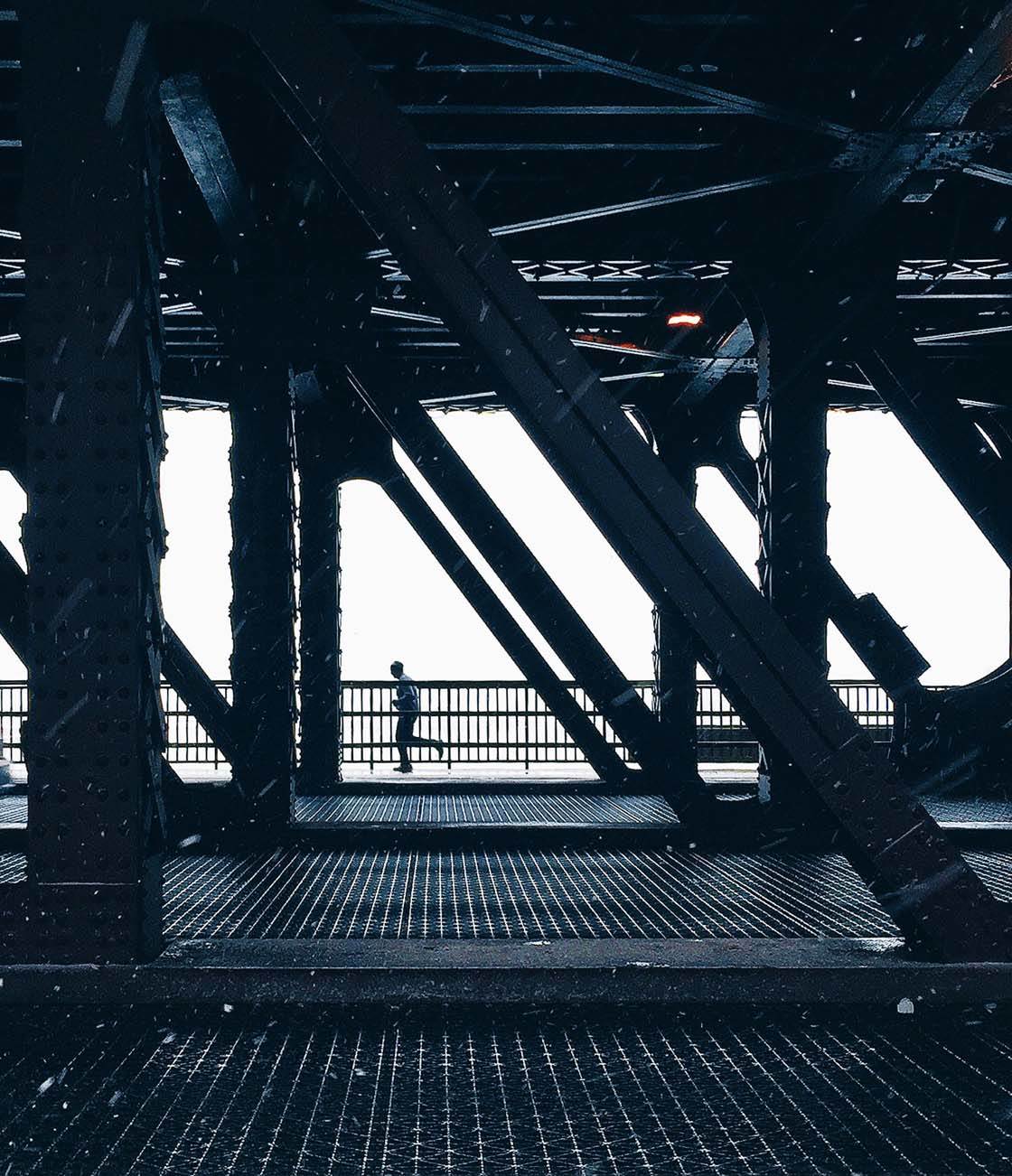
This was taken on one of Chicago’s many bridges that cross the Chicago River. It was the first measurable snow fall of the season, so of course I was out trying to capture it.
I waited about 20 minutes for a jogger to run across the opposite side of the bridge from where I was standing. I used the burst mode on the iPhone’s native camera app to ensure I had multiple shots of the jogger’s strides.
After choosing a shot that clearly showed the jogger in motion, I went through my usual editing process (Afterlight and VSCO) and tried to crop it so that the jogger was a little bit off-center.
You share your photos on Instagram, and enter them in our weekly iPhone photography contests. What does the mobile photography community mean to you, and what effect has it had on your iPhone photography?
The Instagram community, specifically in Chicago, is one of the best in the world in my opinion. We have such a huge and creative community of people it’s mind-boggling.
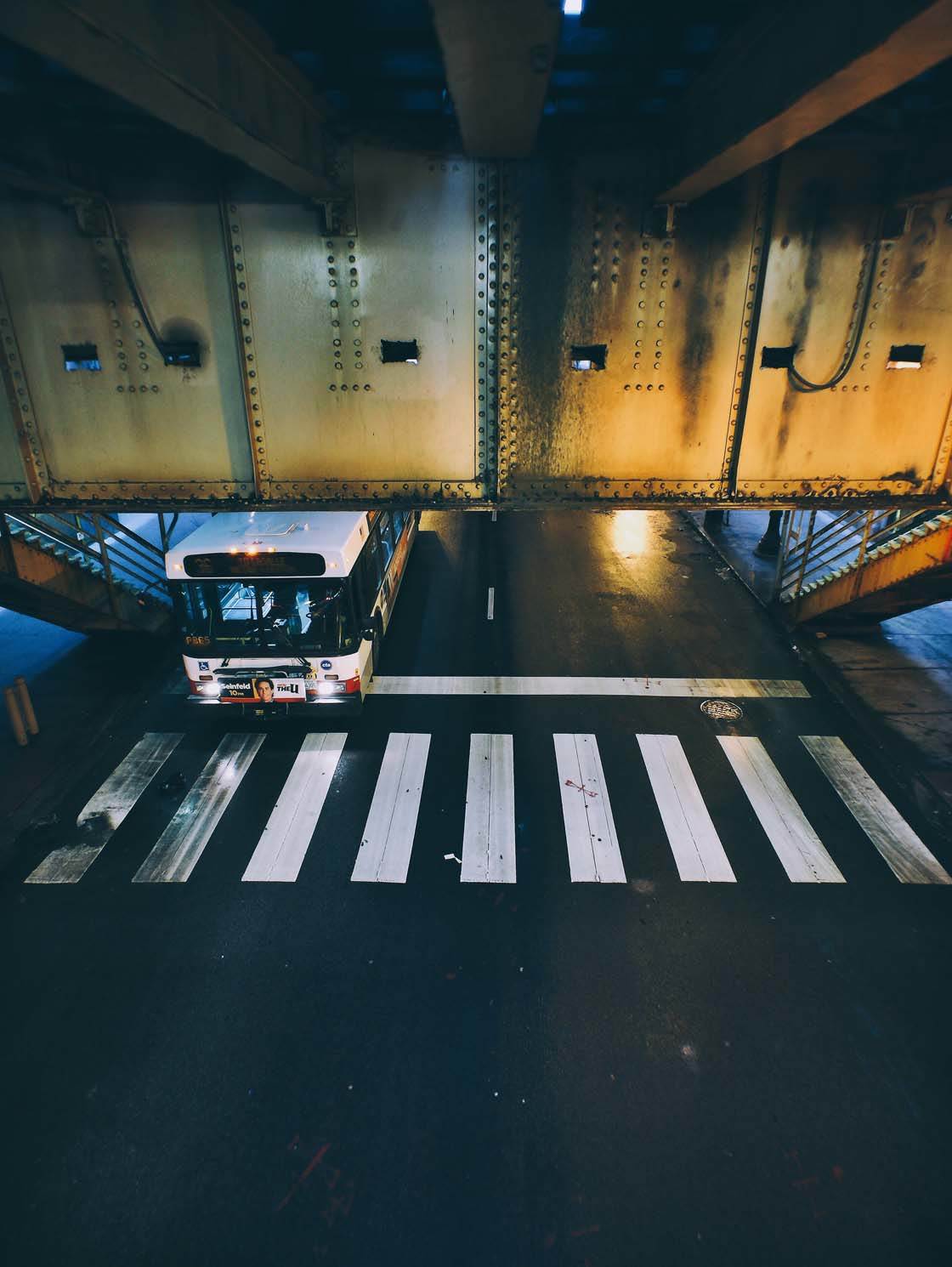
Some of the meet-ups put together by local Instagram pages have attracted more than 120 people (check out our tutorial on how to get your Instagram photos noticed).
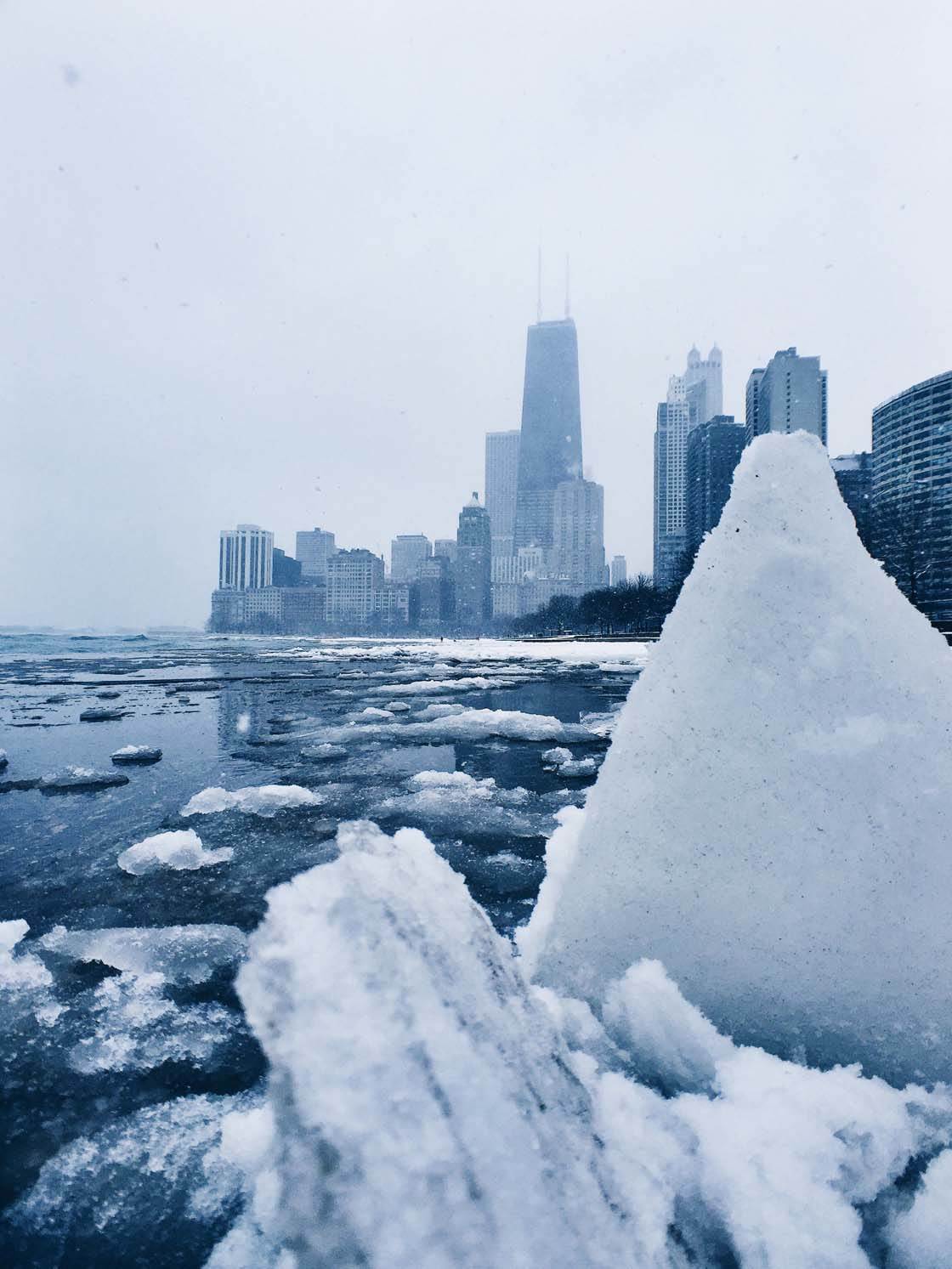
I’ve met so many people through Instagram. It’s hard to imagine that it’s all just because of an app. I hope to collaborate with even more people in the future.
What tips do you have for beginner iPhone Photographers who want to start taking more creative photos with their iPhone?
Shoot, shoot, and shoot some more. This past weekend I shot in the snow for about 4 hours and took nearly 350 photos. I’ll probably end up posting only 6 – 10 out of all of those shots.
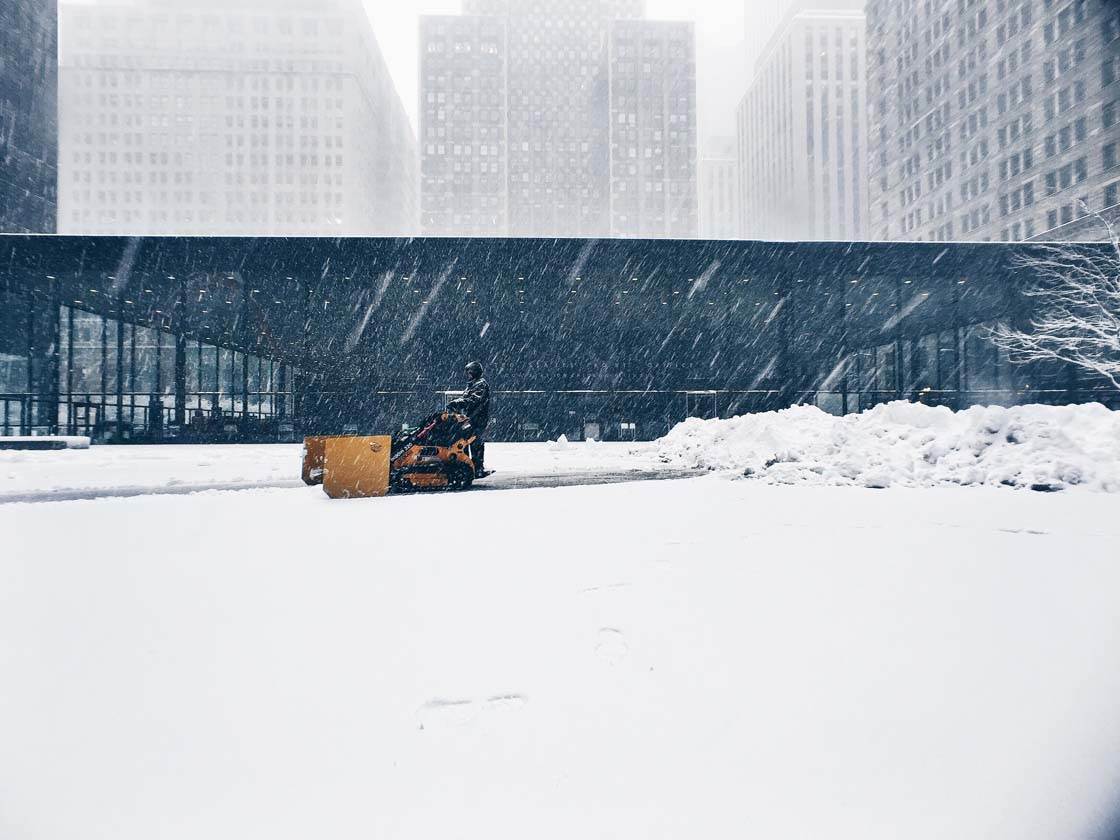
Which iPhone photographers to you admire the most?
This is really hard to answer, but just to name a few I’d have to say, in no particular order:
@kbucklandphoto, @thara_photo, @dannymota, @tat_ventures, @bridiener, @fliickman, @nulooks_, @underground_nyc, @msalisbu, @werd_iz, @rob.sese and @cocu_liu (read our interview with Cocu Liu).
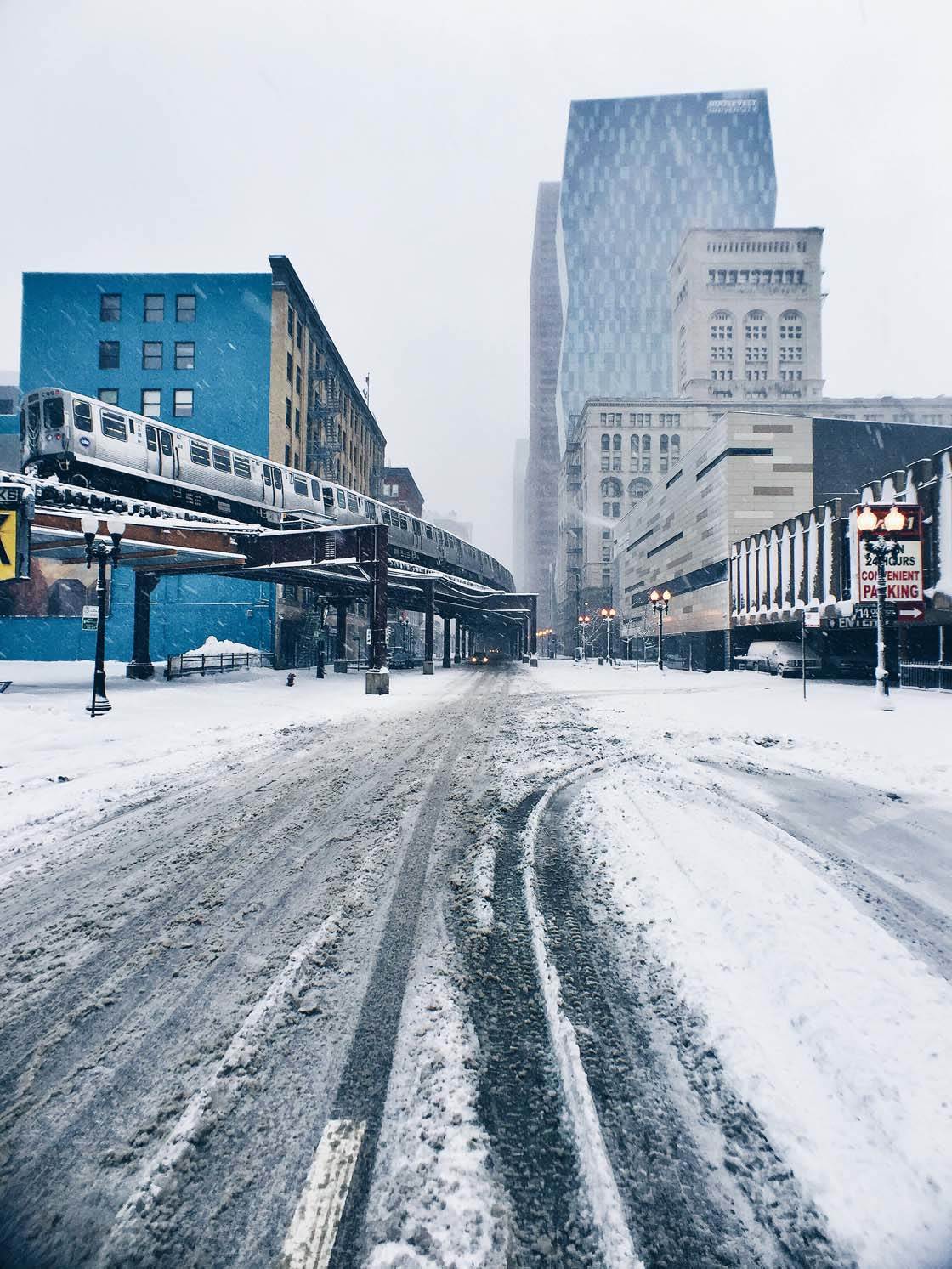
Where can we see your iPhone photography?
Instagram is where I’m the most active @ksearsdesign.
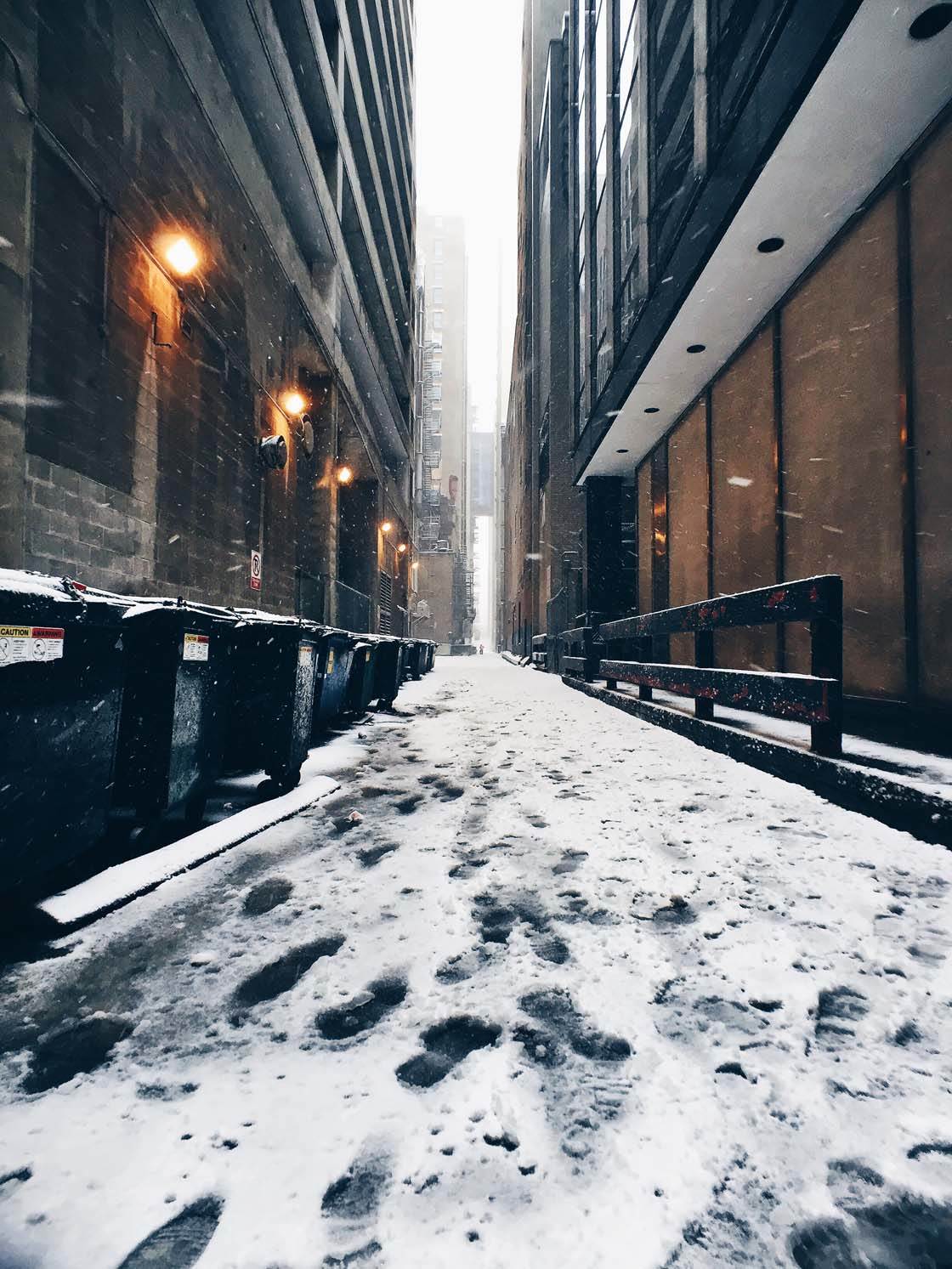


Thank you Kameron for sharing your iPhone photography tips and fantastic photos with us 🙂